ASF Germany: “The fight is going fast and consistent”
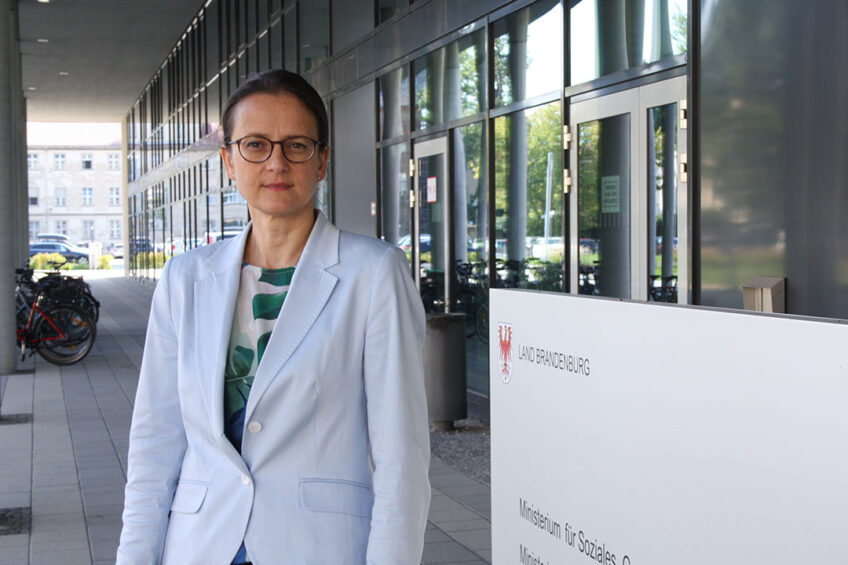
Not everyone is convinced that Germany is on the right track when it comes down to fighting the ASF infections in the country’s wild boar population. In Brandenburg state, Anna Heyer-Stuffer is crisis leader in the battle against the virus. She feels things are moving in the right direction.
Her time in office will run until the end of 2024. Before it is the end of that year, Anna Heyer-Stuffer hopes to be able to deal with other issues than African Swine Fever (ASF). She is state secretary for social affairs and consumer protection in the German state Brandenburg. Heyer-Stuffer is also crisis leader in the fight against the virus, a process that costs a lot of her time, attending visits, meetings, crisis summits etcetera.
Brandenburg has been fighting the virus for a year now. Coordination and financing of the battle is a task for the individual member states in Germany. Application of targeted measures is a task delegated to the districts (a lower geographical subdivision). In her role of crisis leader, Heyer-Stuffer is being criticised, predominantly by the German swine industry. Recently, the German Farmers Union shared via a press release that tackling the ASF virus should be happening with more urgency and consistency. Heyer-Stuffer is aware of it.
What do you think about it?
“In a crisis one should not be searching for those who are guilty, but for solutions. From our perspective, the fight against ASF is going fast and consistent. As soon as we were legally able to, Brandenburg took the necessary measures quickly and proactively. In a year’s time we have constructed 1,000 km of permanent fencing to stop the migration of wild boar. Along the Polish border a fence has been completely finished and a second is under construction. The decision to construct a double fence parallel to the Polish border has been taken together with the farmers’ union.
“One of their chairmen, Henrik Wendorff, is part of the crisis talks. It just really is teamwork. In addition, we meet, talk, call and mail with the IGS, the local representative for the swine business and many others.
“The pig industry criticism is related to economic fear. This is very understandable. We are, however, really on the right track with the fight against ASF. We have managed to keep the disease in the east, close to the border. And we already see that in those areas that were hit first and that have been closed up with fences, that have intensely been monitored and where we reduced the boar population, the infections decrease significantly.
“We also have to be clear though, that not all of the pig industry’s expectations and hopes are realistic. Just compare it to the Baltic states, and think of how long it took there to get a grip on the ASF virus. The fight against ASF is not a sprint, it is a marathon. The infectious pressure from the Polish border will not decrease in the foreseeable future.”
Pig producers in the affected areas can only claim support when additional costs have been made, e.g. for transport and health monitoring. There is no income support. That is also a major point of criticism by minister Till Backhaus of the state Mecklenburg-Vorpommern. Do you feel that pig farmers who indirectly suffered from ASF should receive income support?
“Yes. That is, however, a job for the federal government in Berlin as states are only allowed to support farmers to a very limited amount. The federal government will have to make a proposal and have it approved in Brussels (EU headquarters, ed.). That is because direct state support is forbidden. In the affected regions of the state Brandenburg, there are ca. 100,000 commercial pigs. Obviously, compared to the around 25 million commercially held pigs in Germany, that is a small number.
Recently, Pig Progress went on-farm in Germany to learn what it is to own a swine farm in an area where ASF is found in wild boar
“It is a success of our work that ASF has not affected a pig-dense state, like Lower Saxony, yet. However, it can’t be that while only eastern Germany has been hit so far, no proposal has gone to Brussels. It is extra ironic for swine producers here to hear that the Polish government has already freed up € 40 million for their pig sector, but the German government has not. Poland, however, doesn’t do much to fight the virus in the wild boar population but focuses on protecting its commercial pig farms. Outbreaks in Poland have shown though, that this has not been fully successful.”
You could use your influence to encourage the agricultural ministry in Berlin to speed up things?
“We are in intensive contact with the agricultural ministry through weekly phone conferences, in written, and other formats on all levels from the minister herself to our veterinary experts. So these talks exist, but the farmers obviously want to see more progress. They have their own lobby, but they and us agree; everything has to be done to support pig producers in Brandenburg, otherwise they will cease to exist. The pig industry is part of our agriculture. And in the transition to more local food production the local pig industry is simply needed.”
ASF is not only a problem in Germany. It was also found in Haiti recently
Pigs in the restriction area are now being trucked to the Thomsen slaughterhouse in Kellinghusen, which is a drive of 500km and sometimes even a lot further. Why not arrange a local slaughterhouse?
“This problem is a real one: For some farms, Kellinghusen is as far away as northern Italy would be. We have asked the federal government for support in convincing other companies to step in as one slaughterhouse is not enough.
“There are other slaughterhouses that happen to be close by, but they choose not to welcome the pigs. We cannot force them to accept the pigs. It is another problem for which the federal government in Berlin does not show any sense of urgency, but we hope this will change.
“ASF is not a typical Eastern German problem, but it is a problem for the whole of Germany and even the whole of Europe. For every country in the European Union it is important that the virus does not spread any further.

“I also want to make clear: the Transport of pigs from the restriction area does not form any veterinary risk. Health monitoring is excellent. Pigs that are being sent to the slaughterhouse are not infected by ASF. In Saxony now there is a small slaughterhouse that does welcome pigs from the ASF area – they have a weekly capacity of 650 pigs. I hope they can also accept some pigs from the restricted areas in Brandenburg, but obviously this can’t be the only solution.”
Join 18,000+ subscribers
Subscribe to our newsletter to stay updated about all the need-to-know content in the pigsector, three times a week. Beheer
Beheer

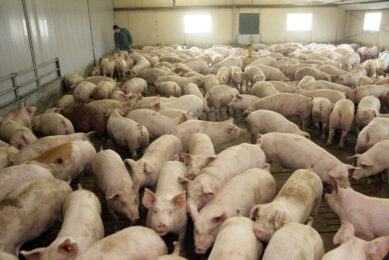
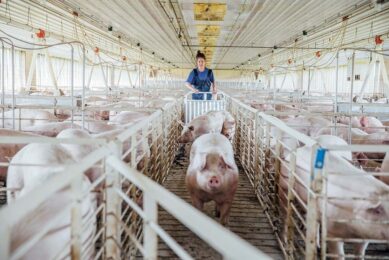
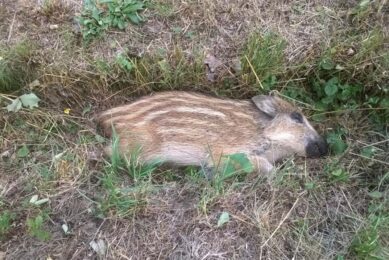
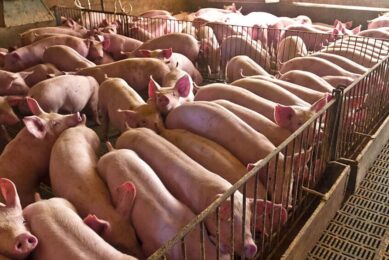





 WP Admin
WP Admin  Bewerk bericht
Bewerk bericht